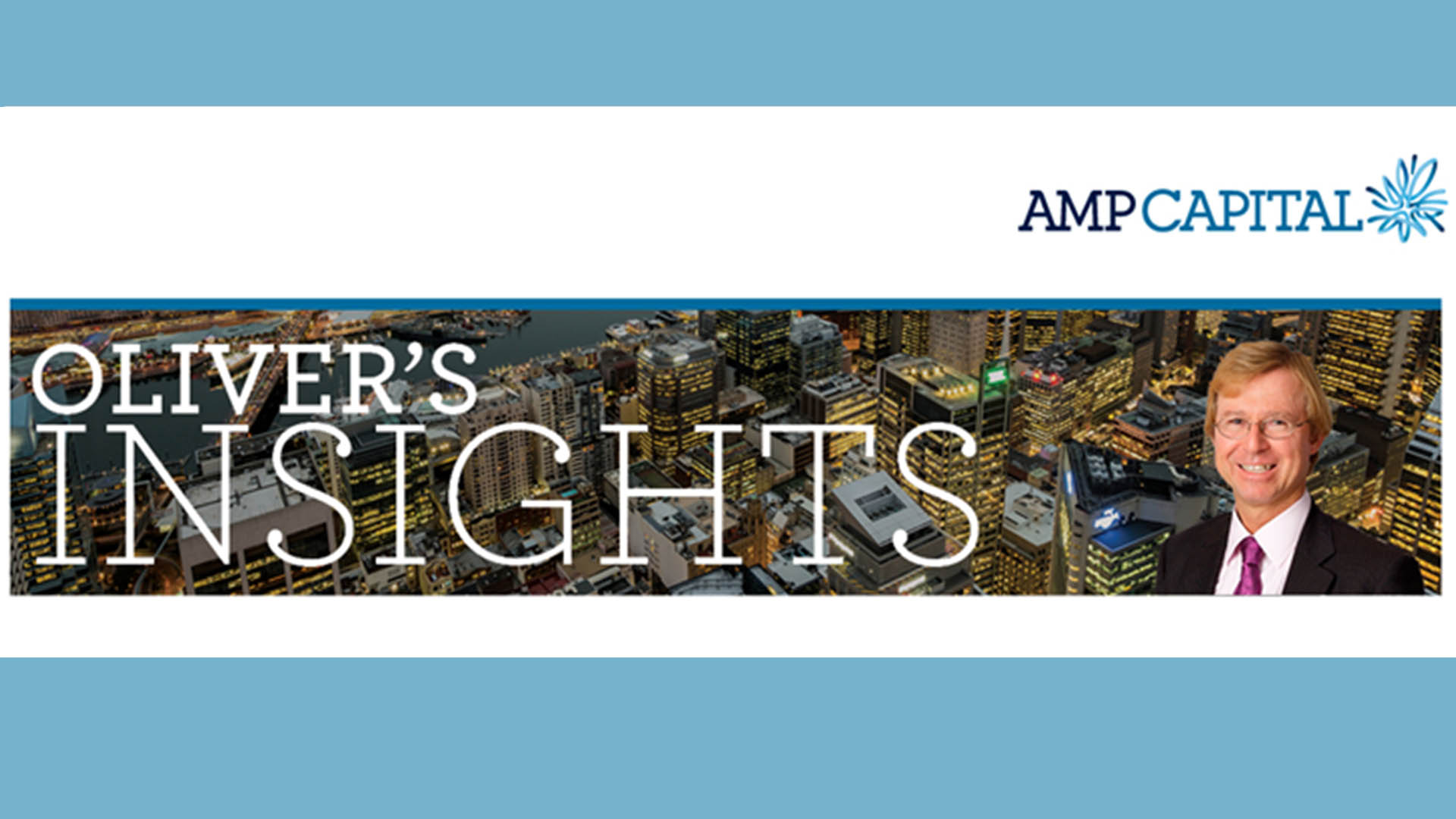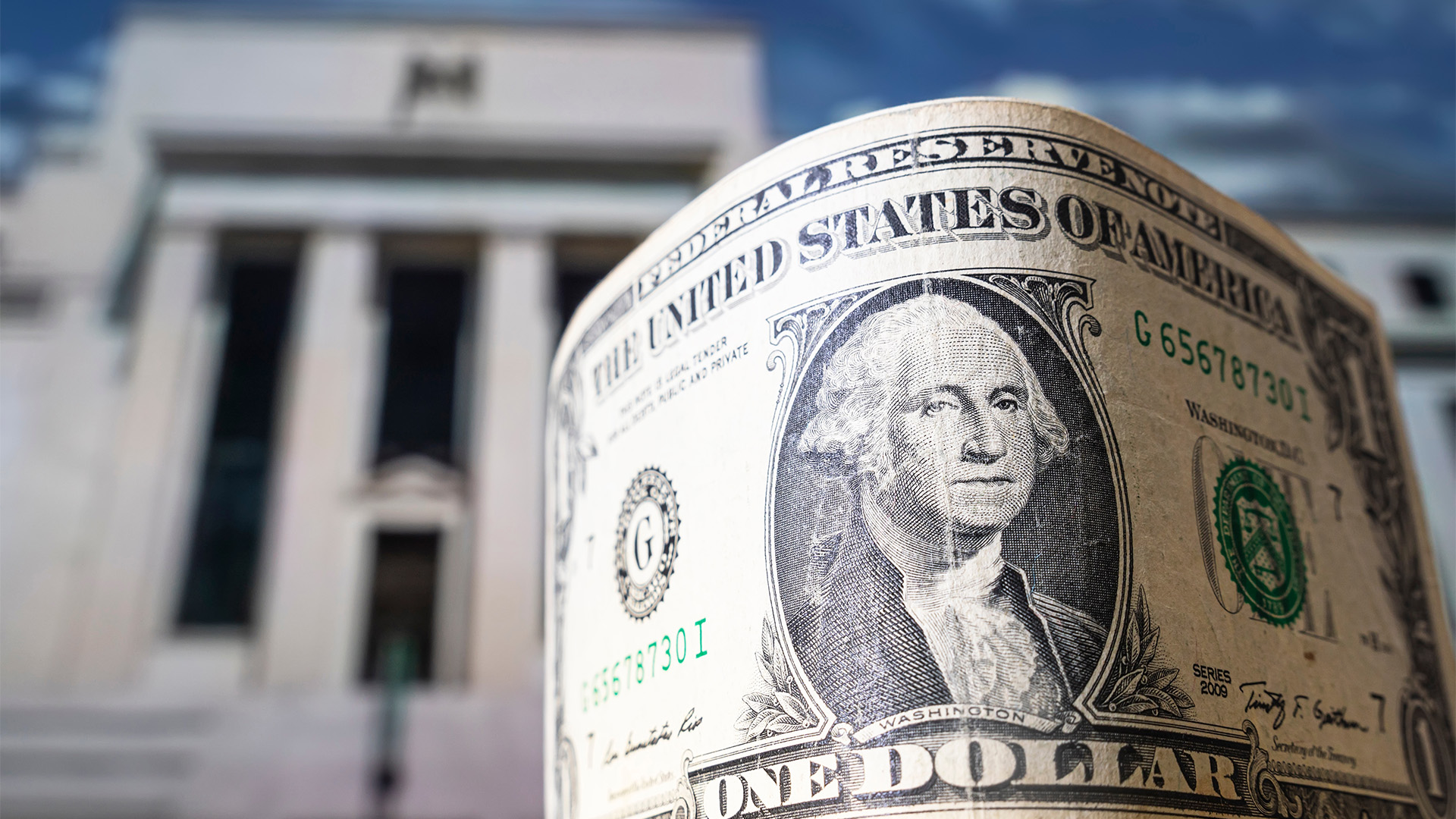The ASX bounced yesterday after Reserve Bank governor Philip Lowe hinted that future interest rate rises from the central bank will be smaller and slower in coming.
While again underlining previous warnings that the bank will do what it takes to fight the scourge of inflation, Governor Lowe left markets with the strong impression that a rate rise like Tuesday’s 0.50% might have been the last.
“We recognise that, all else equal, the case for a slower pace of increase in interest rates becomes stronger as the level of the cash rate rises,” he said.
“But how high interest rates need to go and how quickly we get there will be guided by the incoming data and the evolving outlook for inflation and the labour market.”
The RBA delivered a fourth straight half-point hike this week to take the cash rate to 2.35% from a record-low 0.1% in May. Governor Lowe indicated in answer to a question that he saw 2.5% as the ’neutral’ level for the cash rate, meaning the bank isn’t far off that level right now, hence the rally in markets – the ASX added nearly 60 points after the governor spoke at 1 pm and ended the day up a huge 1.77%.
Bond yields fell as did the value of the Aussie dollar on Thursday afternoon as it dipped close to 67 US cents for a third time this week.
Inflation is currently at 6.1% and is expected to reach 7.75% by the end of the year. Lowe said the increase in interest rates from the historically low 0.1% during the pandemic was to make sure that inflation does not stay high for long.
Mr Lowe spoke in Sydney at a lunch for a charity and he and other senior officials of the RBA have long supported. The speech has become a yearly highlight for economists and policymakers.
He also said the bank and its board faced trade-offs in achieving its inflation target. That trade-off could mean higher interest rates that would then mean lower overall economic growth.
The governor said the government commissioned review of the central bank might need to consider how the bank and its board explained those trade-offs.
“It is important that the bank explains when trade-offs are being made, including how and why. I hope the review will provide a further opportunity to examine how the RBA has managed these trade-offs in the past and how it might manage and explain them in the future,” he said.
It is also noteworthy that inflation expectations in Australia remain consistent with the inflation target. In addition, wages growth has picked up, but not nearly to the same extent as in the United States (Graph 10).
“This is an important difference. While there are some areas where wages are rising very quickly in Australia, aggregate growth in wages has not responded materially to the higher inflation and is not inconsistent with inflation returning to target over time.
“It is important that this remains the case and that we avoid the cycle of higher inflation leading to higher wages growth and then higher inflation – a cycle like that would end in higher interest rates and a sharper slowing in the economy.”
Meanwhile data from the Australian Bureau of Statistics (ABS) revealed a sharp fall in the size of the monthly trade surplus in July – it halved to $8.733 billion from the $17.1 billion record in June.
The laving came as the value of exports tumbled nearly 10%, or $6.077 billion thanks to slower shipments (and lower prices) of iron ore, coal, coke and other minerals. Exports totalled a still near record $55.282 billion.
Imports jumped 5.2% or $2.23 billion as Australians resumed flying overseas in greater numbers in the July school holidays. Imports totalled a record $46.549 billion in the month.
And monthly data on payrolls revealed another fall in the month to August 13.
The ABS said payroll jobs fell 0.8% in the month, following a 0.6% fall in the month to 1July 16.
Lauren Ford, head of labour statistics at the ABS, said: “Payroll jobs continued to fall into August, down from the recent peak at the end of June.
“The slightly lower number of payroll jobs continued to reflect the ongoing impacts of short-term employee absences from COVID-19 and other illnesses during winter, within a tight labour market,” she said.
The recent employee absences continue a series of pandemic-related disruptions in the labour market during the second half of winter, making it difficult to compare across years.
“In 2022, there were high numbers of employee absences during winter from COVID-19 and other illnesses. This time last year the data reflected the emergence of the COVID-19 Delta variant, while in 2020 the labour market was still recovering from the initial pandemic outbreak with second wave impacts in Victoria,” Ms Ford said.













